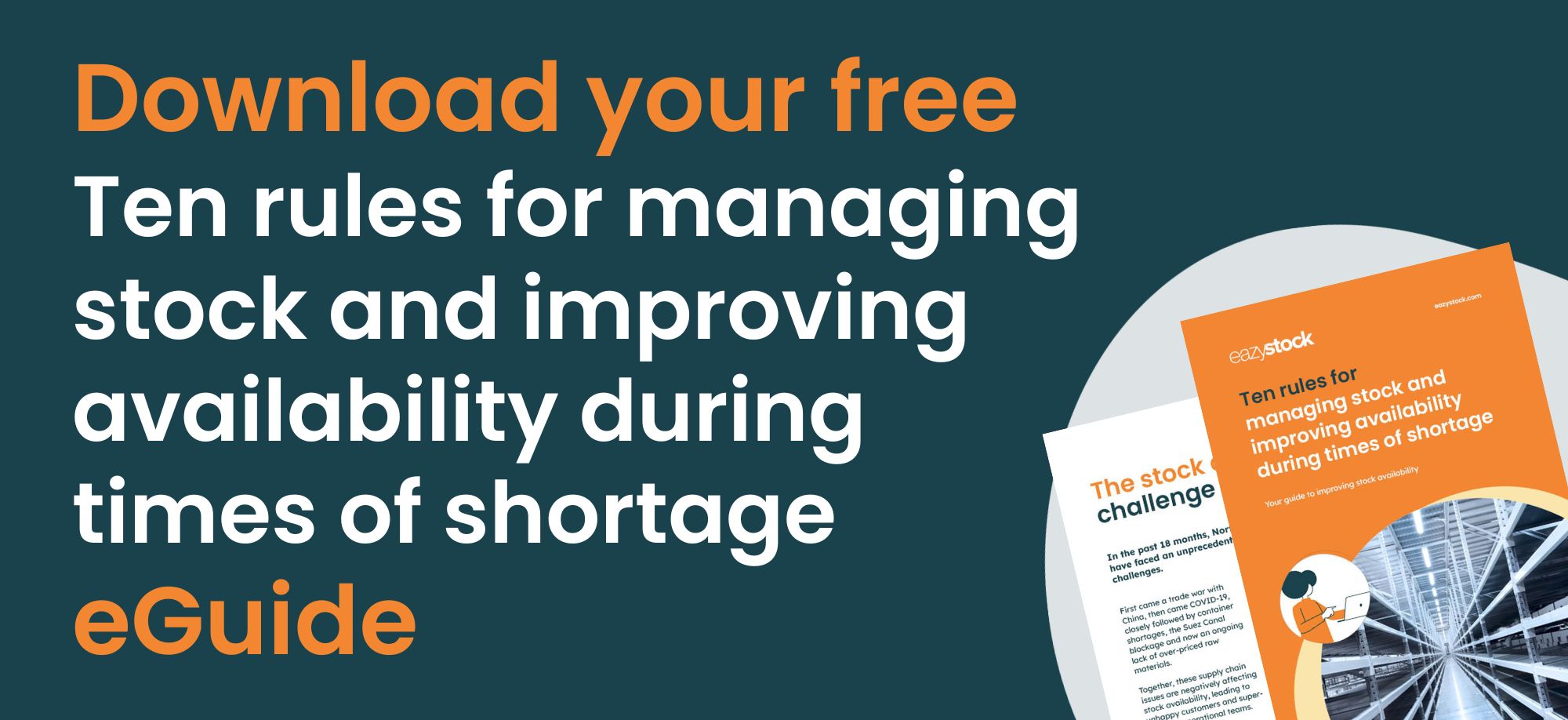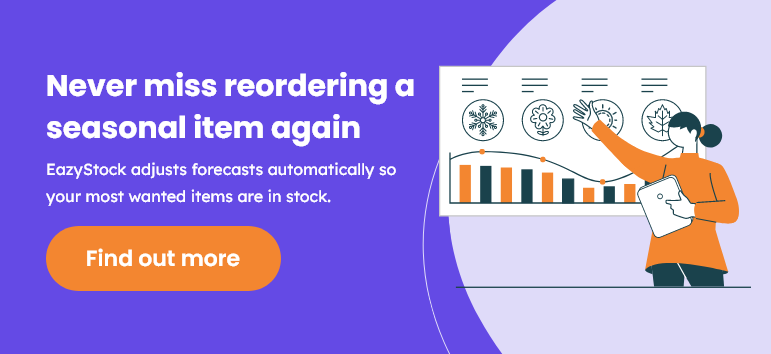Overcoming Black Friday purchasing and warehouse challenges
Black Friday (Nov 24 this year) is one of the year’s biggest shopping days when physical stores and eCommerce tempt shoppers with their offers.
For the past ten years, Black Friday has seen sales increase annually and is one of the most important sales occasions of the year. The surrounding days are also sales-focused, including Small Business Saturday and Cyber Monday.
The extended sales period sees increased pressure on companies to get ahead on their demand planning and ensure they have the necessary inventory. This year, purchasing teams are also facing continued challenges due to global supply chain and logistics pressures, component shortages, and soaring prices for electricity and fuel.
Successful sales during this period come down to many factors. Inventory, POS, shipping, web shops, and accounting software must be able to keep up to avoid lost revenue. The key is to start your strategic planning early, which involves using inventory data to inform purchasing processes.
We’ve summarized an essential guide and tips on ensuring you stock the right products during this busy sales period.
Tips for inventory planning during Black Friday
In the period leading up to Black Friday, buyers and warehouse planners must invest in stock that generates revenue without risking them becoming shelf warmers and increasing warehouse storage costs after the campaign period.
Analyze sales and make accurate demand tests
The first step for good inventory planning is to use accurate demand forecasts. These should be based on previous sales periods during Black Friday, Small Business Saturday and Cyber Monday, or other similar promotional periods that can help the analysis. It is also important to consider qualitative data. Since the market is changing at a dramatic pace, there is also information you need from your sales team, marketing team, and your customers.
The promotions also depend on external conditions, such as seasonal demand, market trends, economic conditions, and other trends that can cause unpredictable fluctuations in demand.
One solution is to automate the demand forecasts to avoid guessing how much inventory should be kept during the sales period. With automated demand forecasting, all product demand is calculated dynamically based on statistical methods of demand forecasting. These are much more efficient, as they analyze historical demand patterns at the SKU level and subsequently assign the appropriate algorithm to calculate demand based on demand patterns per item.
Update inventory levels in real-time
Compared to physical stores, eCommerce needs an attractive product range and a user-friendly platform and process that ensures orders are handled quickly, efficiently, and correctly. Today’s customers are more demanding and expect product quantities displayed in the online store to match actual inventory levels.
This creates a need for systems that work in real-time. Cancellations, reservations, and returns must also have a live impact on the inventory levels displayed in your systems. Ensuring you have the right amount of the right product at the right time to meet demand and delivery times requires a complete and continuous overview of your inventory.
Redistribute inventory between warehouses
It is common to have too many of some items in one warehouse and a shortage in another. While the simple solution is to order more stock from your suppliers, if you already have stock that isn’t needed in another location, it makes sense to use that first. During a considerable promotional period like Black Friday and Cyber Monday, it can be extra important to ensure you can redistribute items to make the most of all warehouses and maintain healthy stock levels in all locations. This saves money on ordering new stock or paying for rush orders to beat lead times.
If you have a central warehouse that distributes items to smaller regional warehouses, be extra careful with your inventory distribution. Only send the items each warehouse needs instead of those they want; don’t assume they’ve requested the correct quantity. Creating forecasts for multiple warehouses can lead to unnecessary orders and too many items in stock. Instead, combine demand from all the spokes and create a central forecast, or produce separate forecasts for each spoke (which considers local adjustments) and aggregate the forecasts accordingly.
Keep track of lead times and increase visibility in the supply chain
During extensive sales periods, it’s likely multiple companies will demand the same goods from their suppliers, which can create longer lead times. As suppliers’ lead times increase, so does the risk of running out of stock or delaying delivery to your the end customer. One way to counteract this is to get complete insight into your suppliers’ lead times so you can continuously calculate and adjust order parameters to avoid delivery problems.
In the event of high demand for stock items, you also risk tension between customers and suppliers. An open dialogue about delivery capability is crucial to address supply chain bottlenecks and build a good relationship. Building that communication with suppliers requires reliable data, regular communication and transparency.
Reliable data allows you to give your suppliers better sales forecasts, which puts them in a better position to handle orders.
Inventory optimization systems include dynamic lead-time features that help mitigate the effects of supply disruptions. The order parameters are automatically adjusted to ensure sufficient inventory levels cover upcoming demand. You can also set up order schedules in advance and compare suppliers based on lead times, unit prices and minimum order quantities. You can also get recommendations on which supplier can most cost-effectively deliver on time.
How inventory optimization can help you meet Black Friday demand
At EazyStock, we do not believe it is possible to “guess” your way to success. Inventory data should always guide purchasing decisions and provide control and confidence that the right items are in stock at the right time.
With a demand forecasting and purchasing optimization tool, you can automatically optimize replenishment for the best inventory values and service levels.
Don’t let the holiday shopping season sneak up on your, and wait until after the summer to begin ordering your inventory. With recent and continued supply chain disruptions, it’s never to early to start. Many companies start planning Black Friday inventory in the spring.
If you’ve left it too late this year, don’t worry. Contact us today so you can keep track of your stock levels and feel confident in your demand planning, ready to beat next year’s Black Friday inventory management challenges.









